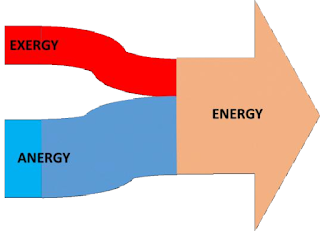Disruption and Adaption: Claims of Alkali Clans.
Dear Friends,
Earlier, we
had discussed about the Thugs of Alkali series, but these thugs would empower
only when they are perturbed by some other intruder from the same family of
atom. It may sound weird, but the fact is true when we look back into our
history. Assuming that, nation like India which was rich in its cultural
heritage as well as their methodology to impart knowledge was superior (in
terms of administration) and advanced (in terms of problem solving skills by
the disciple). When intruders stepped
into this Bharatha khanda, they started changing in steps and ensured that the
ancient Gurukula system had vanished from normal public life which is a
shortcoming for value-based education system. The modern education system
(adapted from missionaries) have led the system to step down the role of Guru
(preacher) to just an ordinary teacher. This is because we have accepted the
cultural modification by the invaders. The fact is, entire world has accepted
the invaders and thus, globally we find it very rare to see someone following
the inherited culture. The global challenge what we see here can be understood
and realized when it is seen through a glass.
Laboratory Watch Glass: It is time to see what happens when another alkali member enters the alkali silicate matrix
Alkali Clans disrupts the market (Occupies
and holds position thereby reducing the mobility of incumbent alkali ion): Stevel’s
Theory.
In the year
1951, Stevel’s came up with his theory where nature of filling interstices in
glass structure is responsible for mixed alkali effect. These alkali atoms get
occupied in such that they are structurally more stable and thus they become
responsible for increased activation barrier for ion migration. This theory is
quite similar to a business case, where dominant new entrant disrupts the market
with his managerial capabilities, technological know-how, money power,
innovation and influence to change policies as per his convenience. This forces
the local incumbent players to either adopt new way of conducting business to
compete or give up or follow the dominant new entrant.
Dominant enters the Market
Alkali Clans adapt the market requirements (Compromises
in quality results in reduction of alkali ion mobility): Mazurin’s Theory.
In the year
1965, Mazurin’s theory quoted that the difference in field strength with
respect to alkali ions give rise to difference in polarization of Non Bridging
Oxides or Alkali ion (Lithium, Sodium, Potassium, Rubidium, Cesium and
Francium)–Oxygen bond strength which should result in increased mobility of
larger ion but the reverse trend is observed. This theory is quite similar to a business case,
when a leading player enters the new market with customized products by
tailoring the flavors that suits the local environment. This brings in
compromising either by the quality of product in order to reduce price or to
bring in new innovative product exclusively for that market which can be widely
accepted by the locals.
Expectation in transport properties by adding another alkali member in matrix
Reality leading to Mixed Alkali effect.
Both have tried to explain the reason behind the reduction in mobility of an alkali ion whenever another member of alkali series enters into the glass matrix. Though this is the beginning to understand mixed alkali effect, both these theories have shortcomings in explaining the theory. Further investigations have led to few more interesting concepts to understand why these Alkali clans behave weirdly.
Good Night






